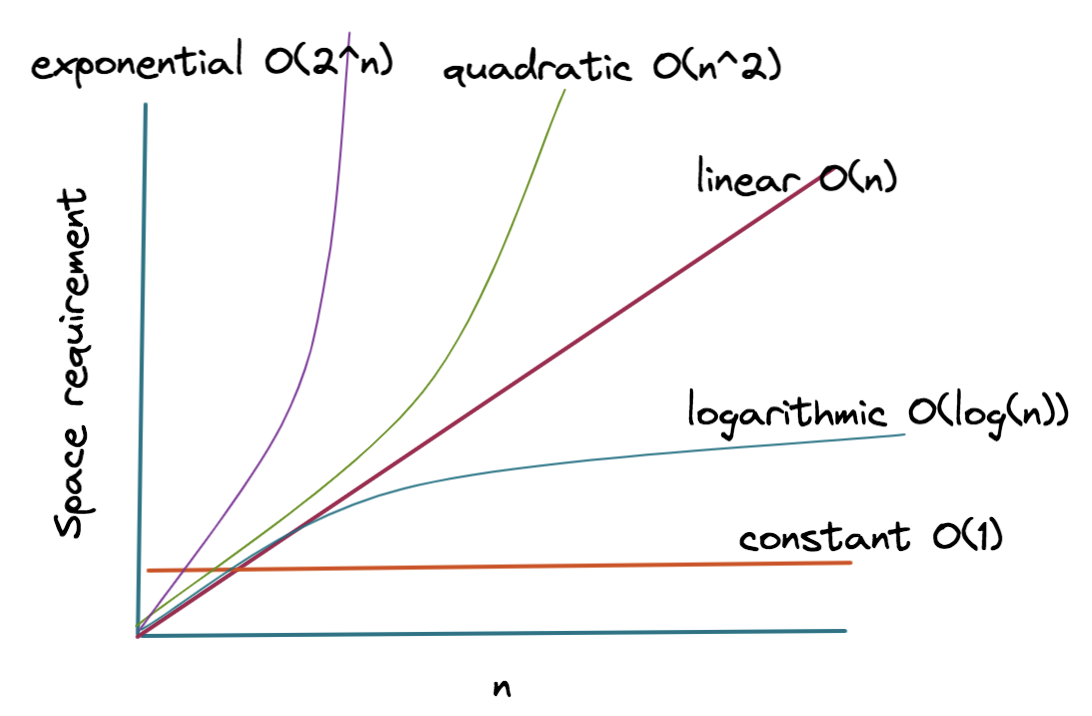What is "Time and Space" Complexities in Data Structure and Algorithms ?
 Chahat kumar
Chahat kumar
Sometimes, there is more than one way to solve a particular problem. We need to learn how to compare the performance of different algorithms and choose the best approach to solve the problem. While learning DSA, we often encounter a common term: Complexity. The performance of an algorithm depends on its Time and Space Complexity. This brings us to the questions: “What are Time and Space Complexity?” and “Why do we need them?”
What is Time Complexity ?
Time Complexity is the amount of time (or number of steps) needed to execute a particular algorithm. It helps us understand how the runtime of an algorithm grows with respect to the input size.
In simple words, the time complexity depends on the executable statements in an algorithm, such as operations, loops, comparisons, etc.
There are different types of time complexity cases:
O(1) - Constant Time
O(n) - Linear Time
O(log n) - Logarithmic Time
O(n²) - Quadratic Time

Time Complexity involves analyzing how the runtime of an algorithm grows as the input size increases.
What is Space Complexity?
If you think the space taken by the program is the space complexity, then you’re mistaken.
Space Complexity measures the amount of memory an algorithm needs as the input size grows. It depends on declaration statements such as variables, data structures, memory allocations, etc., in the algorithm.
Let’s look at some examples of Space Complexity cases:
O(1) - Linear Space
O(n) - Constant Space

Why do we need them ?
What is the need for these complexities, and what is the purpose of it all? These are common questions in everyone’s mind.
Understanding these complexities leads to a better user experience. Every company aims to provide users with a smooth experience by reducing loading times and optimizing the application or website. Complexities are fundamental concepts in Data Structures and Algorithms that enable developers to build efficient solutions.
Conclusion
Time Complexity measures how an algorithm’s runtime changes with respect to input size.
Space Complexity measures the amount of memory an algorithm needs as the input size grows.
Calculating Time and Space Complexity is an essential skill for programmers to design efficient algorithms and optimize code performance.
Subscribe to my newsletter
Read articles from Chahat kumar directly inside your inbox. Subscribe to the newsletter, and don't miss out.
Written by
